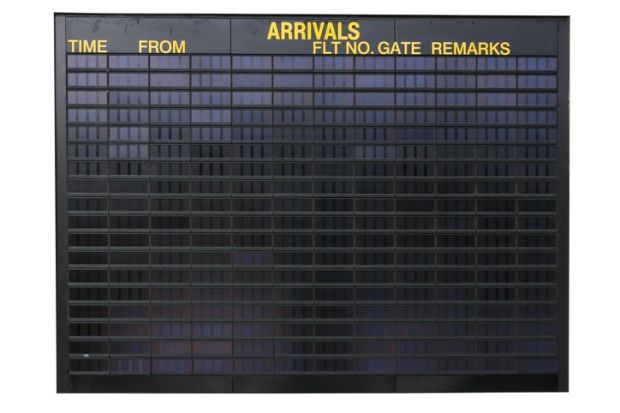This week’s reimposition of lockdown in Auckland was a reminder that when it comes to Covid-19, nothing can be taken for granted. Still, New Zealand’s overall handling of the pandemic means that it keeps getting more attractive as a destination for international students.
Surveys suggest that many international students would consider changing their choice of destination in response to how well countries have managed the pandemic, with New Zealand top of the approval list.
No wonder. After a severe lockdown, New Zealand went 102 days without a single case of community transmission of Covid-19 before this week. Shops, bars and restaurants were busy, face-to-face teaching resumed and internal travel took off, with social distancing a distant memory.
Having fought hard to get on top of the virus, the country wants to keep it that way. That is why the government acted fast and hard after four Covid cases emerged that were unrelated to overseas travel. As well as Auckland being locked down, the rest of the country was placed on high alert while contact tracing took place.
The borders are also all but closed. Flights from overseas trickle in at a fraction of pre-Covid levels, their passengers shipped off for 14 days’ strictly enforced isolation in hotels hired by the government, managed by the defence force and surrounded by two-metre-high fencing guarded by the police.
Every breach of managed isolation – there have been five in the last seven weeks (plus two attempts to break in) – has been regarded as a national disgrace and has led to ever tighter security. And we have been given stern lectures about what happened as a result of slack security in isolation facilities in Melbourne: a major resurgence of Covid infections and the reimposition of curfews and lockdowns.
For New Zealand’s international education providers, however, this success is a double-edged sword. Three months ago, talks were underway between universities and the Ministry of Health about using student accommodation to manage isolation for incoming international students. But the speed and severity of the second Covid wave in Melbourne have taken that off the agenda. And how could the defence force and police – already stretched by the 5,000 people now in isolation in 31 hotels in five cities – cope with tens of thousands of university students in isolation for two weeks?
Hence, two weeks before the discovery of the Auckland cluster of cases, the government announced that no international students would be permitted to cross the border in 2020. But work is under way to open up to some “high-value, low-risk” students from 2021. “High-value” students study programmes of good quality, culturally as well as financially, pay the full cost of their managed isolation and don’t need to work while studying, avoiding placing more pressure on a labour market facing a major downturn.
Vice-chancellors have renewed their calls to be allowed to manage their own safe, secure isolation facilities, subject to audit and oversight. Two former prime ministers have called for managed isolation capacity to expand to enable international education to resume. But even if that happens, the focus on low risk implies a much reduced volume. If recruitment is halted in countries where Covid is still spreading, that would take out India and the US, New Zealand’s second and third largest markets. Hence, typical intake would decline by about a third.
The problem is that international student revenue is integral to the operating model of New Zealand’s eight universities, essential to delivering financial surpluses that have been channelled into stronger infrastructure and better research.
Each international student now delivers in excess of 50 per cent more revenue than a corresponding domestic student, up from 35 per cent in 2007. Hence, international enrolments grew by 17 per cent between 2007 and 2018 while domestic enrolments grew by less than 4 per cent. And international income has grown steadily, from 8.7 per cent of total revenue in 2009 to 12 per cent in 2018.
Fees may go up, increasing still further the margin on each student. Yet even if they do, reduced volume may mean less revenue, lower surpluses and less scope for universities to invest in their quality.
Roger Smyth is an independent consultant and adviser on tertiary education. He is the former head of tertiary education policy in New Zealand’s Ministry of Education.
Register to continue
Why register?
- Registration is free and only takes a moment
- Once registered, you can read 3 articles a month
- Sign up for our newsletter
Subscribe
Or subscribe for unlimited access to:
- Unlimited access to news, views, insights & reviews
- Digital editions
- Digital access to THE’s university and college rankings analysis
Already registered or a current subscriber? Login







